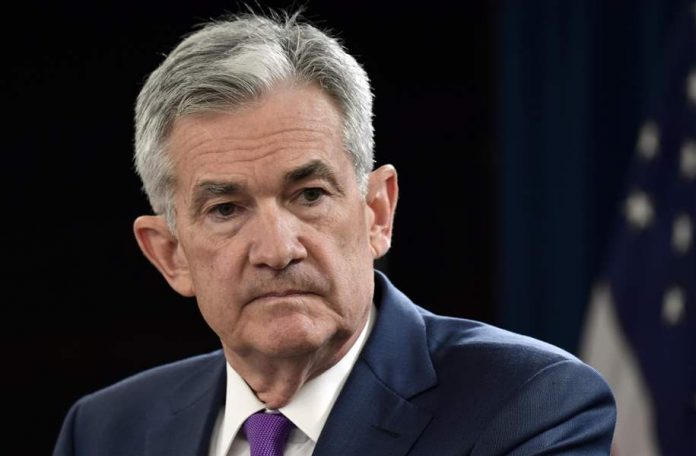Stocks rose this morning as bulls attempted to start another recovery rally. And though yesterday’s trading session saw broader market losses, equities ended up surging into the close. Minutes from the FOMC’s last meeting initially sent stocks lower when investors learned that several Fed officials wanted to begin “taper talks.”
It had long been speculated that the “T-word” would send bulls running, as tapering bond purchases would cause interest rates to rise.
Instead, share prices rocketed higher following the release of the FOMC minutes. It didn’t make much sense to analysts, but in today’s market, nearly anything is possible.
The most important event yesterday, however, had nothing to do with the Fed minutes or even the rapid crypto crash. The Fed published its latest overnight repo market report at around 1 pm EST, revealing that over $294 billion in debt had been purchased by the Fed from 43 counterparties. That’s the biggest overnight repo transfer since 2017.
Repurchase agreements (repo or RP) and reverse repurchase agreements (RRP) are used by large banks to fund ongoing operations. The Fed uses RP and RRP as a way to control money supply.
With RP, the Fed purchases Treasurys from large banks. This gives the banks cash while increasing their cash reserves in the short term. At some point in the near future, the Fed then resells those Treasurys back to the banks.
The Fed can use RP to tighten the money supply by removing money from the amount of free-flowing cash. Then, the Fed can use RRP to buy the Treasurys back from the banks, putting money back into the system.
As RRP usage climbs, it becomes harder for the Fed to keep quantitative easing (QE) running. The Fed’s currently conducting roughly $120 billion in QE every month. In doing so, it buys up Treasurys before unloading them via the RRP market.
The problem is that there’s a limit to how much the Fed can lean on RRP operations before it eventually hampers QE, thus forcing the Fed to reduce its bond-buying programs.
“The heavy use of the [overnight] RRP facility tells us that foreign banks too are now chock-full of reserves,” warned former Fed staffer and repo market expert Zoltan Pozsar.
The Fed’s all-time RRP daily high was $475 billion, which was hit back in 2015. If the Fed surpasses that high, it will probably have to start tapering QE.
That means the Fed’s key economic metrics – inflation and unemployment – may not actually influence Chairman Jerome Powell’s decision to start tapering, thus raising rates.
It’ll be overloaded banks that initially cause issues.
And currently, the Fed’s on pace to exceed that $475 billion RRP usage by early June.
So, even though stocks are rising today, it may only be a matter of time until they’re shocked by an abrupt halt in QE. And inflation, which is certainly soaring in a concerning manner, won’t be the catalyst.
The often-overlooked repo markets will be.
Expect to hear more about this several weeks from now when everyone suddenly becomes a “repo expert.” Until then, watch out for potential bull traps in the market.
Because the next one might just come before an RRP-induced crash.









Absolutely excellent article. Forgive my ignorance on this, but you say “ The problem is that there’s a limit to how much the Fed can lean on RRP operations before it eventually hampers QE”. Why is there a limit, and why would it hamper quantitative easing? thank you for any insights….